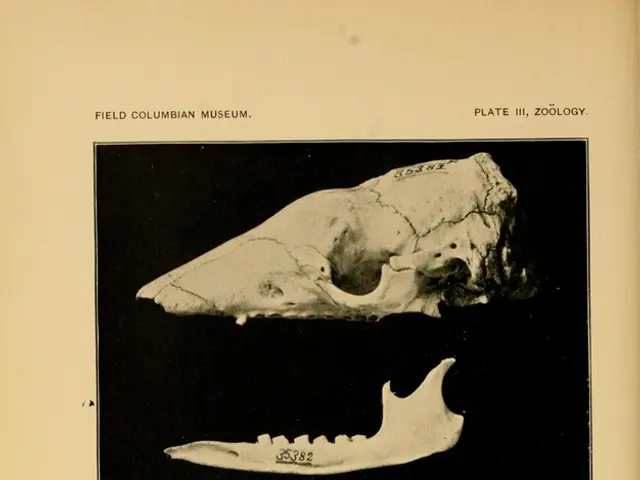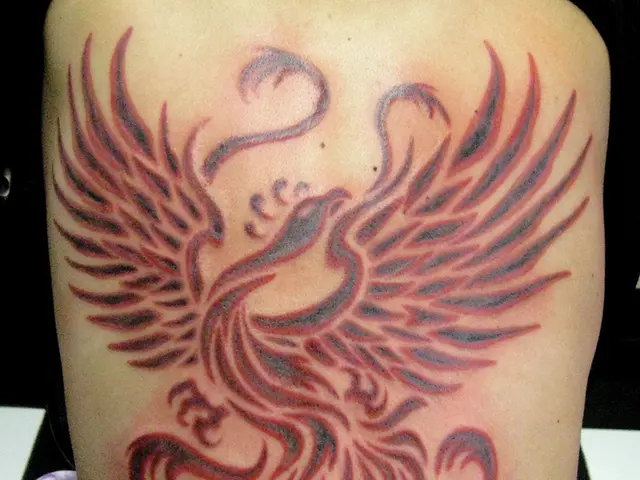Spotting Age Issues vs. Cancerous Skin: Recognizing Distinctions
Hangin' with ya, buddy! Let's dive into the skin game and discuss age spots and skin cancer - two blemishes that share a sunny spot, but with major differences.
Skin aging brings about age spots, colloquially known as solar lentigines or liver spots. They manifest as small, flat patches that are darker than your surrounding skin, often yellow, brown, or gray. Age spots are usually smooth with clear borders, growing between a few millimeters to centimeters, and prefer to chill on sun-exposed areas such as your face, hands, shoulders, feet, arms, or back. They tend to be more prominent on light skin, and generally show up from middle age onward[1][2][3]. Unlike the skin cancer rogue, age spots are benign and don't need medical treatment or removal[1].
Now, let's talk about the real baddie: skin cancer. This type of cancer is harmful and can potentially spread to other parts of your body[2]. Skin cancer shows up on skin sections that receive the most sun exposure due to damage inflicted by UV radiation[4]. The three most popular types of skin cancer are basal cell carcinoma, squamous cell carcinoma, and melanoma. Another pretender that may impersonate an age spot is actinic keratosis, a precancerous growth which can lead to cancer if untreated[2].
Can age spots transform into cancer, you ask? Yeah, no way, Jose. Actinic keratosis, however, is another kettle of fish. This precancerous growth is brought about by UV radiation damage and resembles age spots, but if left unchecked, it could transform into cancer[5]. So, keep an eye on any changes that don't seem right, and consult a healthcare professional if necessary.
If you're wondering how to spot the difference between these two skin conditions, here's a breakdown: age spots are generally flat, smooth, yellow, brown, or gray, have clear borders, and range in size from a few millimeters to centimeters. On the other hand, skin cancer may display asymmetry, irregular shapes, various colors, and grow in size. It might also exhibit an itchy, bleeding, or crusty nature[4]. If you notice a mark that doesn't fit the age spot description or seems to be changing, make an appointment with a dermatologist.
In conclusion, while age spots and skin cancer can bear a striking resemblance, they have distinct characteristics that can help you tell them apart. To ensure early detection and easier treatment of skin cancer, educate yourself, closely monitor your skin, and visit a healthcare professional regularly[6]. Stay informed, stay healthy! 🌞🤙🏽
- Despite their similarities, it's crucial to distinguish between age spots and skin cancer, as the latter can potentially be harmful and may spread to other parts of the body.
- In the field of oncology, melanoma is a type of skin cancer that can be particularly serious.
- Seniors, who may be more susceptible to skin cancer, would benefit from regular screening and proper skin care, integrating it as part of their health-and-wellness routine.
- Dermatology, the science of skin, plays a significant role in identifying and treating various medical-conditions, including skin cancer and age spots.
- Embracing a diligent skin-care regimen and seeking professional help when in doubt can help detect and manage skin cancer at an early stage, ensuring a better prognosis.








